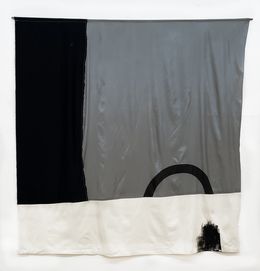
Meet Joaquín Diez-Cascón: A visionary leader shaping Barcelona’s contemporary art scene
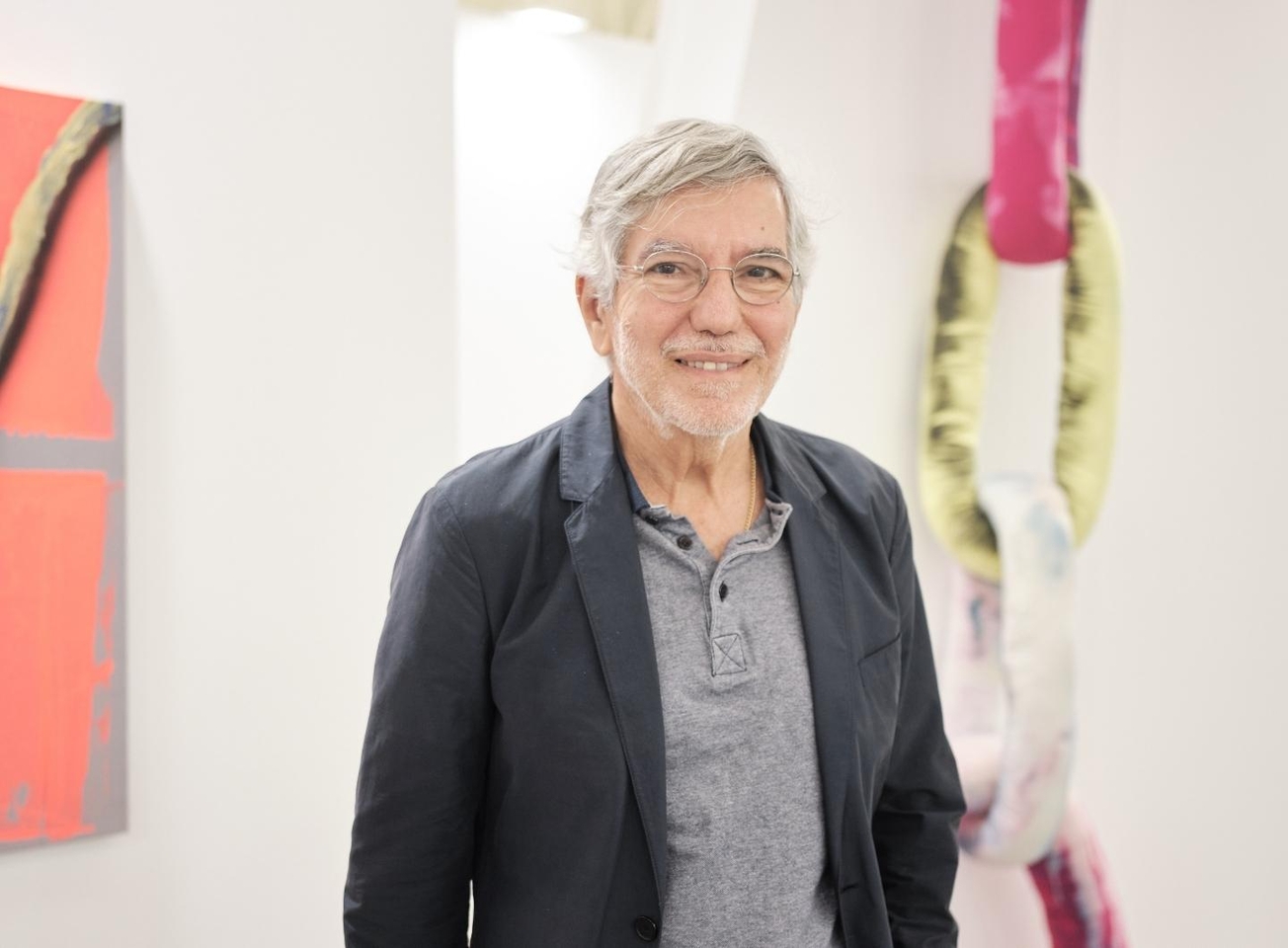
Portrait of Joaquín Diez-Cascón © Marc Medina
Joaquín Diez-Cascón, director and founder of SWAB Barcelona, offers an inside look at the city's renowned independent art fair. Since its inception in 2007, SWAB has been a dynamic platform for emerging artists and galleries from around the world, fostering connections between the global art scene and Barcelona's vibrant cultural network. This year's edition promises innovative programs and international collaborations, reflecting the evolving landscape of contemporary art.
1. Hello Joaquín Diez-Cascón! We are delighted to speak with you today and share your story with our audience. Could you start by introducing yourself?
Hello, thank you very much for having me. I am Joaquín Diez-Cascón, architect and founder and director of SWAB Barcelona.
2. Can you give an overview of the SWAB Barcelona Art Fair and its mission, especially for our international audience who may not be familiar with this event?
SWAB is an independent fair and an experimental platform for emerging artistic proposals, founded in 2007. Its purpose is to present proposals from young galleries and artists from around the world in Barcelona and connect them with the audience, institutions, and the city's artistic network.
3. What are the highlights and key themes of this year's edition of the SWAB Barcelona Art Fair, and how do they reflect the changing landscape of contemporary art?
SWAB aims to offer visitors a glimpse of the new art scene through the participating artists and galleries in various curated programs, which change with each edition and cover specific themes and territories of interest.
This edition will feature 70 spaces from over 25 countries, including programs like Solo Show, curated by Yipei Lee and Carla Gimeno, which establishes a dialogue between independent spaces in Taipei and Barcelona. Another highlight is the Tokyo-Seoul Focus, curated by Kelvin Kyung Kun Park, offering a view of the artistic essence of these two cities.
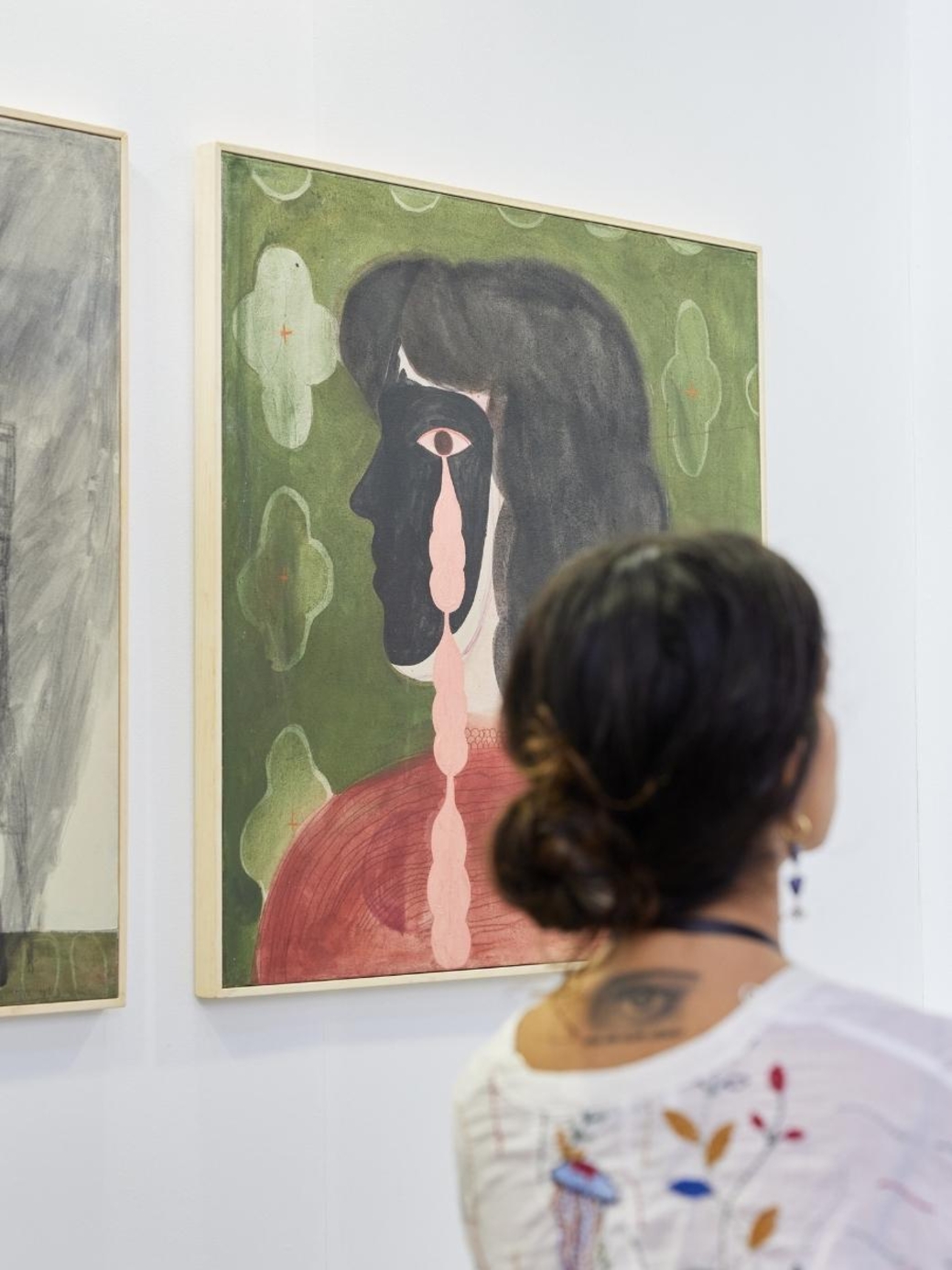

Left: La Raiz. Swab Seed. 2023. © Marc Medina / Right: Colette Mariana. Swab Seed. Swab 2023. © Marc Medina
4. As an international platform for art sales, our audience is always interested in the commercial side of the art world. How does the SWAB Barcelona Art Fair contribute to the commercial aspects of contemporary art, such as gallery sales and market growth?
Of course, SWAB is aware of the commercial aspect of the fair, which is why, through its selection committee—made up of renowned curators, directors of significant fairs, and major collectors—it presents a selection of emerging talent that is shaping the future of the art market. Participation in SWAB offers a market opportunity, with artists who are at the start of their career and whose works are available at very attractive acquisition prices, which also benefits their galleries or independent spaces.
5. What advice or information do you have for artists, galleries, and collectors who wish to participate or get involved with the SWAB Barcelona Art Fair from an international perspective?
SWAB is a platform for knowledge and exchange, where cultural managers from the global art scene gather, including committee members, representatives of important international fairs, exhibition centers, and contemporary art museums, as well as international collectors. This gives artists and gallerists a valuable opportunity to gain visibility, form artistic exchanges and connections, and even participate in other art fairs or exhibitions in galleries or art centers.
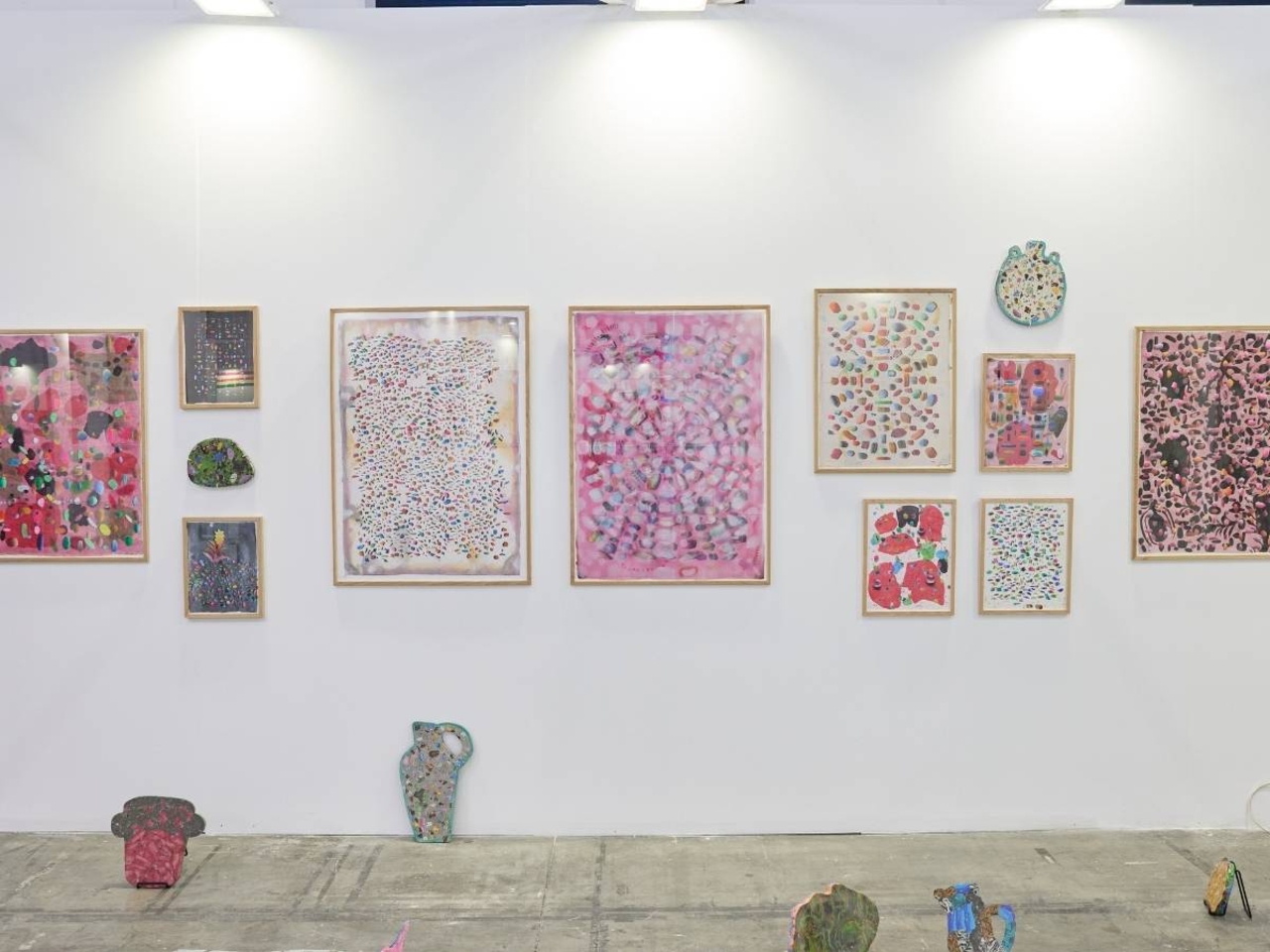
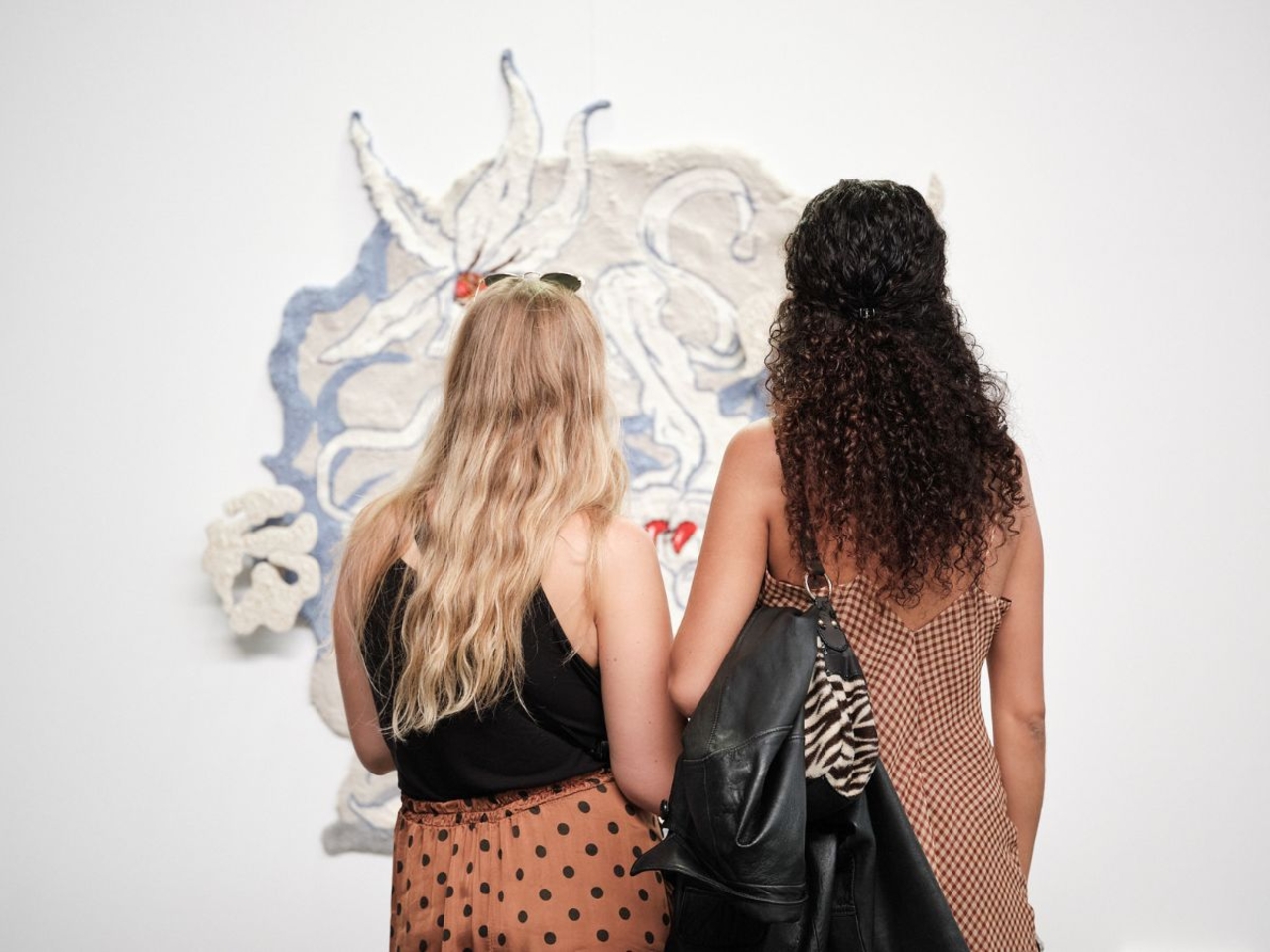
Left: Kevin Kavanagh. General program. Swab 2023. © Marc Medina / Right: Espai 19. Solo Show program. Swab 2023. © Marc Medina
6. Does the SWAB Barcelona Art Fair collaborate with local or international cultural institutions? If so, can you tell us more about these partnerships and their impact?
SWAB collaborates with both local and national and international institutions, including museums, private collections, and other art fairs. Each year, different institutions are invited to align with the specific programs of the edition so that participating artists have exposure in museum exhibitions, institutional collections, or other art fairs. It's a pleasure to see artists who have been part of the fair showing up in other spaces within the global emerging art scene.
7. What innovations or new features can we expect from this year's edition of the SWAB Barcelona Art Fair, in terms of format, content, or visitor experience?
In addition to the programs already mentioned, we will present the Perhutana project by the Indonesian collective Jatiwangi Art Factory, which focuses on the creation of a collective forest. There will also be a performance by Marmol+Terremoto about the housing crisis in Portugal and the precariousness of the art market in the city of Porto. We will also have a video project featuring four Taiwanese artists.
8. Finally, what is your vision for the future of the SWAB Barcelona Art Fair, and what long-term goals do you hope to achieve with this event?
SWAB will continue its current path of seeking out new artistic trends on the international scene to present them in Barcelona, promoting the exchange of artistic knowledge between the city's cultural network and other parts of the world. Our goal is to consolidate SWAB and Barcelona as a platform of artistic interaction of global interest.
Their favorite artworks
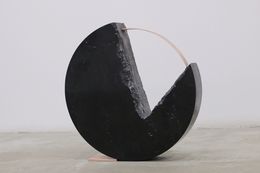

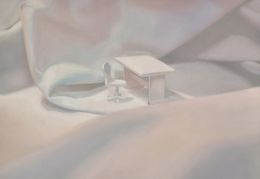
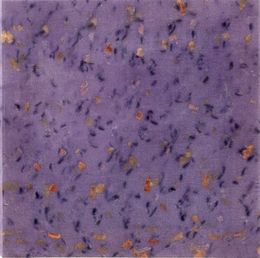

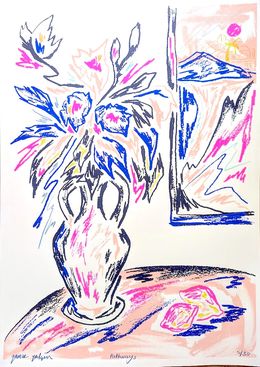


Bruno Marrapodi
Fine Art Drawings - 70 x 100 x 0.01 cm Fine Art Drawings - 27.6 x 39.4 x 0 inch
$3,100


